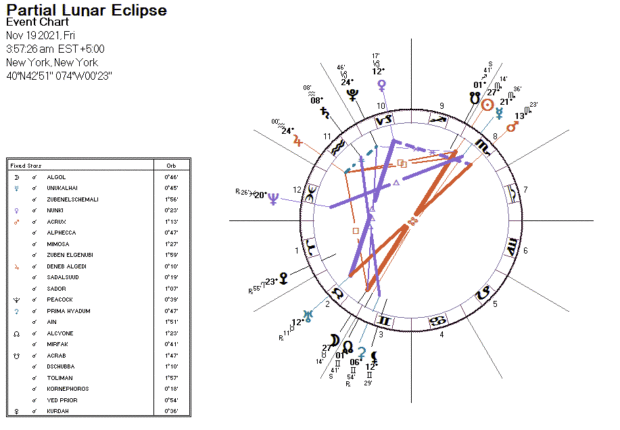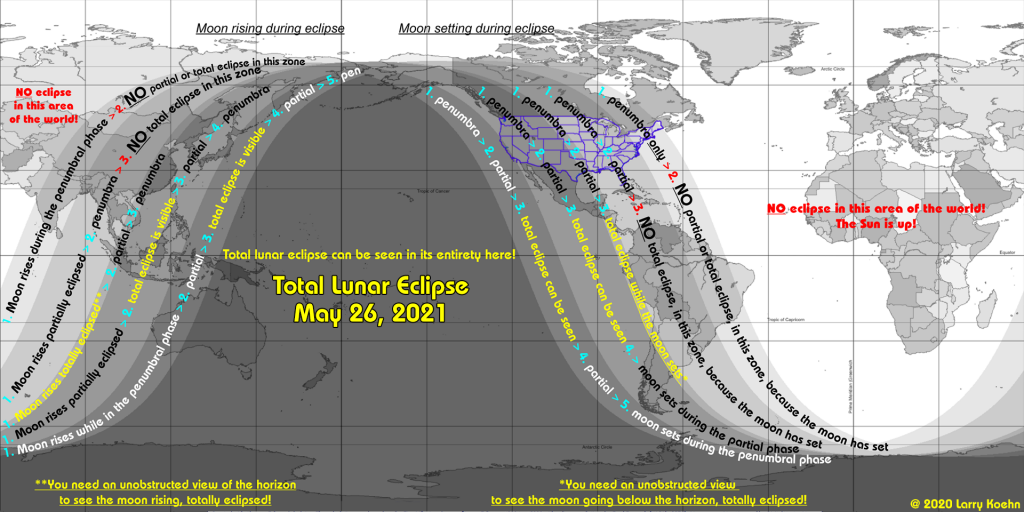

Records kept of ancient solar and lunar eclipses – from the time when such notes were made in clay tablets – have more recently enabled modern astronomers to discover that the speed at which Earth spins on its axis has slowed by 1.8 milliseconds per day over the course of a century. Greek astronomer and mathematician Hipparchus of Nicaea discovered that the positions of constellations in the night sky changed in a 26,000-year cycle, by studying eclipses. The lunar eclipse is one of the many light-and-shadow tricks in the solar system that has helped guide humanity’s understanding of the cosmos for several millennia.Īristotle was one of the first to argue that the Earth was spherical based on the observation that the shadow of the Earth falling on the moon is always circular in shape. What scientists have learned from lunar eclipses Nasa is planning to send astronauts to the Moon in 2025 at the earliest as part of the Artemis mission, and there are two lunar eclipses predicted for the year. Since lunar eclipses substantially cool down the Moon, studying these changes can help scientists develop better equipment for future missions and experiments that can better survive extreme changes in temperatures. Since during a lunar eclipse the Earth filters the Sun’s light onto the Moon, our planet is essentially projecting thousands of sunrises and sunsets onto the lunar surface. Previous simulations by Nasa have revealed how astronomers on the moon would hypothetically view the occurrence of a total lunar eclipse. This would be the longest partial lunar eclipse in 580 years. About 99.1% of the moon will pass into the inner part of the Earth’s shadow – the umbra. On 19 November, Earth would pass between the Sun and the Moon and cause a near-total lunar eclipse. What astronomers on the moon would hypothetically see during a lunar eclipse The peak of the eclipse would begin around 3:45 AM ET till about 4:20 AM ET, according to Nasa. You can watch the eclipse live on Griffith Observatory’s channel This would begin to look like a bite is being taken out of the lunar disk, and a portion of the Moon inside the umbra has started appearing very dark. The Moon has begun to enter the Earth’s umbra – the inner part of the Earth’s shadow – and the partial eclipse has begun.

#2021 LUNAR ECLIPSE HOW TO#
How to see the lunar eclipse across the world What time will the lunar eclipse take place? What makes a ‘blood moon’ red and is it dangerous to look at it? Key points Lunar eclipse of Beaver ‘blood’ Moon will be longest in 580 years You can follow all the latest Moon action right here. The whole event will be visible across the US but the arrival of the Sun on Friday morning will prevent people in the UK from seeing the latter half of it.


 0 kommentar(er)
0 kommentar(er)
